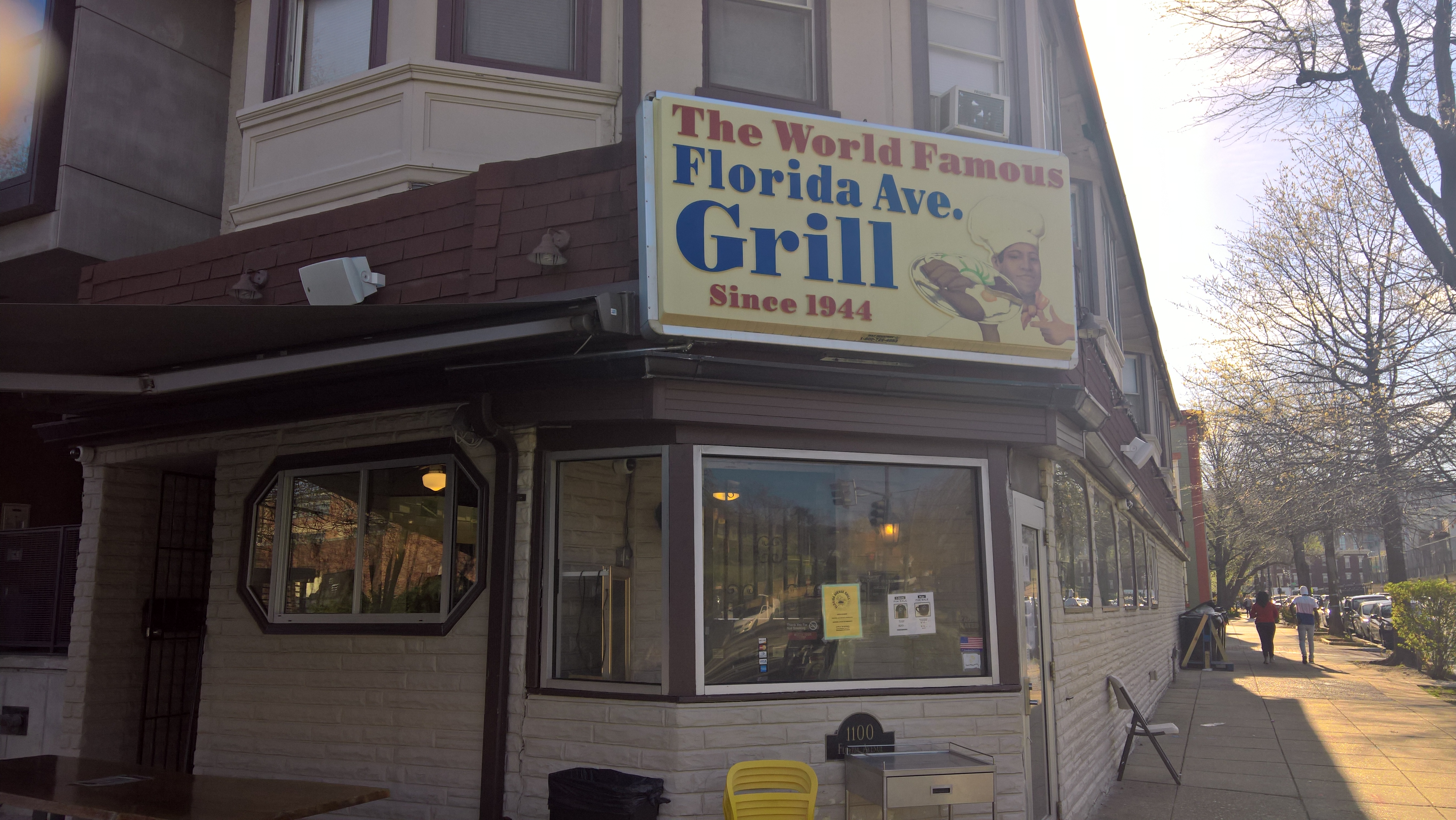Washington D.C. 1966 (Bengt Loman Recordings)

In the mid 1960s, Bengt Loman was a visiting scholar at the Center for Applied Linguistics in Washington D.C., working as part of the Urban Language Study (ULS) with William Stewart, Joey Dillard, and Marvin Loflin. The goal of the ULS was to analyze the dialect of English spoken by school-age children in Washington D.C. with the aim of producing scientific information for the teaching of standard English to the children (Loman 1967, ix). Loman's work, in particular, focused on intonation variation and stress patterns in D.C. AAL. He analyzed recordings made at The Yellow House, a one-family house in a low-income area in Northwest Washington, which was set up as a recording studio by the Center for Applied Linguistics. The Yellow House included a sound studio on the first floor of the house, with microphones mounted on the ceiling.
In addition to Loman's work on intonation, Ulf Hannerz, a Swedish anthropologist, studied the area from an anthropological and sociological perspective, publishing Soulside: Inquiries into Ghetto Culture and Community in 1969.
These recordings were made available by the Center for Applied Linguistics in 1967 with the publication of Conversations in a Negro American Dialect. The current recording comes from The Walt Wolfram Papers 1971-1998 special collection at North Carolina State University.
Tapes were digitized by Joel Schneier at North Carolina State University in June 2015. The tape reel, a Concertape Tensilized Recording Tape Polyester Super Strength Pre-Stretched Longer Play, was not separated into tracks, and contained 11 excerpts, totally 23.5 minutes.
The excerpts were saved as separate files and were subsequently transcribed in Praat by Emma Mullen and Charlie Farrington and prepared for upload by Charlie Farrington.
Table 1. Recording information, including the speakers each excerpt, as well as the Conversation, Page and Line Numbers where the conversation can be found in Loman 1967.
| File name | Tape Excerpt | Speakers | Loman 1967 Page/Line Numbers | Date |
|---|---|---|---|---|
| dcl0010a | 1 | GJ, MJ | Conversation 1: Page 2, Line 1 - Page 3, Line 25, | 9/7/1966 |
| dcl0020a | 2 | JD, MJ | Conversation 2: Page 18, Line 1-17 | 9/8/1966 |
| dcl0031a | 3 | AP, JD | Conversation 3: Page 21, Line 2 - Page 23, Line 14 | 9/7/1966 |
| dcl0033a | 4 | AP, JD, SB | Conversation 3: Page 25, Line 4 - Page 26, Line 8 | 9/7/1966 |
| dcl0040a | 5 | AP, MJ, JD, MG | Conversation 4, Page 29, Line 3 - Page 32, Line 8 | 10/18/1966 |
| dcl0081a | 6 | GJ, PJ | Conversation 8: Page 87, Line 1 - Page 89, Line 19 | 10/27/1966 |
| dcl0083a | 7 | GJ, PJ | Conversation 8: Page 92, Line 2 - Page 95, Line 4 | 10/27/1966 |
| dcl0121a | 8 | GJ, MG | Conversation 12: Page 130, Line 12 - Page 131, Line 13 | 10/3/1966 |
| dcl0123a | 9 | GJ, MG | Conversation 12: Page 132, Line 6 - Page 133, Line 12 | 10/3/1966 |
| dcl0130a | 10 | JD, MG | Conversation 13: Page 147, Line 14 - Page 149, Line 19 | 10/6/1966 |
| dcl0140a | 11 | AP, MG | Conversation 14: Page 161, Line 3 - Page 162, Line 21 | 10/4/1966 |
Table 2. Speaker demographic information. More details about the demographic histories of each speaker are available in Loman 1967, pages xii - xvii.
| Name | Initials | Age | Relationship |
|---|---|---|---|
| Harry Jones | HJ | 39 | |
| Patricia Jones | PJ | 39 | HJ's wife |
| Michael Jones | MJ | 10 | HJ/PJ's son |
| Albert Jones | AJ | 32 | HJ's brother |
| Gregory Jones | GJ | 10 | AJ's son |
| Jacqueline Drew | JD | 11 | Friend |
| Anita Porter | AP | 10 | Friend |
| Bonita Smith | BS | 6 | Friend |
| Margy Gurney | MG | - | ULS Staff |
| Sandy Barrett | SB | - | ULS Staff |
| Bengt Loman | BL | - | ULS Staff |
Citation
If you use these recordings, we ask that you cite the following:
Kendall, Tyler and Charlie Farrington. 2020. The Corpus of Regional African American Language. Version 2020.05. Eugene, OR: The Online Resources for African American Language Project. [https://doi.org/10.7264/1ad5-6t35].
Loman, Bengt. 1967. Conversations in a Negro American Dialect. Washington D.C.: Center for Applied Linguistics. <https://eric.ed.gov/?id=ED013455>. <>

